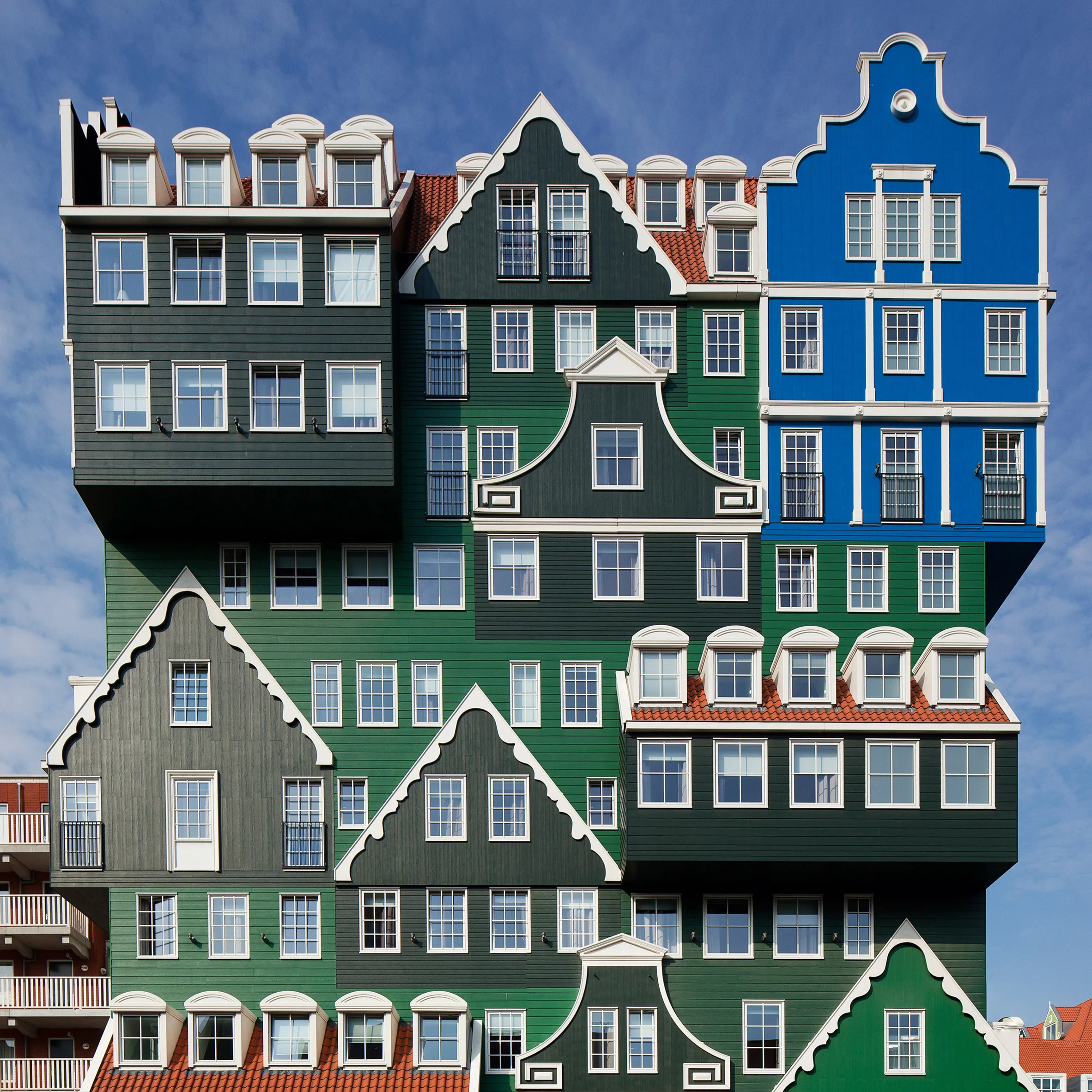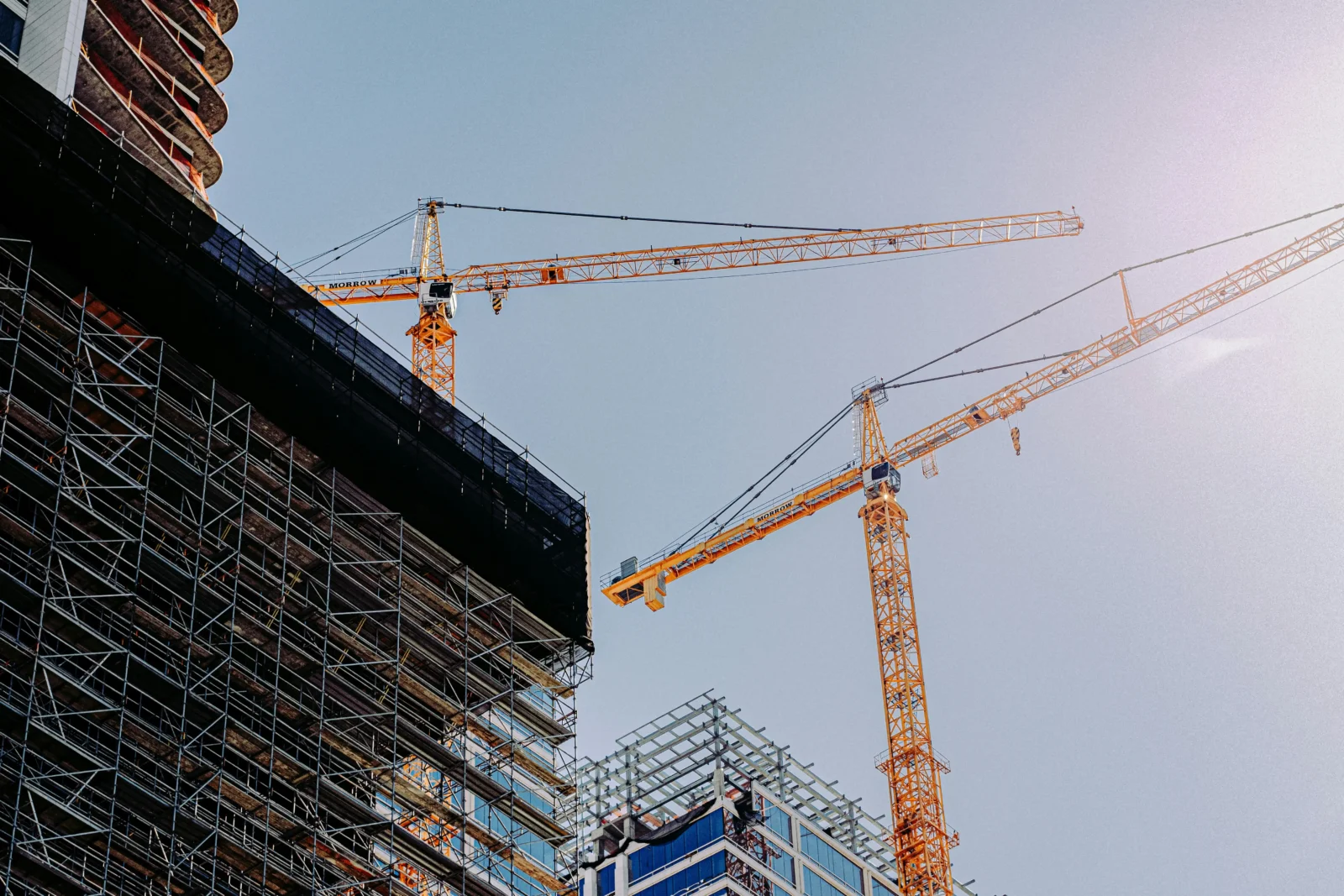- Home
- Articles
- Architectural Portfolio
- Architectral Presentation
- Inspirational Stories
- Architecture News
- Visualization
- BIM Industry
- Facade Design
- Parametric Design
- Career
- Landscape Architecture
- Construction
- Artificial Intelligence
- Sketching
- Design Softwares
- Diagrams
- Writing
- Architectural Tips
- Sustainability
- Courses
- Concept
- Technology
- History & Heritage
- Future of Architecture
- Guides & How-To
- Art & Culture
- Projects
- Interior Design
- Competitions
- Jobs
- Store
- Tools
- More
- Home
- Articles
- Architectural Portfolio
- Architectral Presentation
- Inspirational Stories
- Architecture News
- Visualization
- BIM Industry
- Facade Design
- Parametric Design
- Career
- Landscape Architecture
- Construction
- Artificial Intelligence
- Sketching
- Design Softwares
- Diagrams
- Writing
- Architectural Tips
- Sustainability
- Courses
- Concept
- Technology
- History & Heritage
- Future of Architecture
- Guides & How-To
- Art & Culture
- Projects
- Interior Design
- Competitions
- Jobs
- Store
- Tools
- More
The Evolution of Residential Design: Exploring Postmodern Era

In this article, as the second part of “The Evolution of Residential Design” series, we delve into the captivating postmodern era, where architecture embraced diversity, whimsy, and a departure from the strict modernist principles. This period witnessed a rejection of homogeneity and celebrated individual expression, resulting in a vibrant and eclectic range of design styles. Join us as we unravel the fascinating influences and innovations that shaped this pivotal phase in residential design!
The postmodern era in residential design emerged as a reaction against the perceived monotony and rigidity of modernism. While modernism represents concrete and simple design in residential architecture, postmodernism highlights harmony of geometric shapes. Architects and designers sought to break free from the constraints of a singular style and embraced a more pluralistic approach. This era was characterized by a playful juxtaposition of historical references, eclectic aesthetics, and a sense of irony.

Architects like Robert Venturi and Michael Graves championed the postmodern movement, rejecting the notion that architecture should be stripped of ornamentation and context. Instead, they celebrated symbolism, historic motifs, and bold colors, creating homes that were unique and full of personality. The focus shifted from a single, unified style to a celebration of individuality and cultural diversity.
The postmodern era in residential design emerged as a reaction against the perceived monotony and rigidity of modernism. Architects and designers sought to break free from the constraints of a singular style and embraced a more pluralistic approach. This era was characterized by a playful juxtaposition of historical references, eclectic aesthetics, and a sense of irony.
Architects like Robert Venturi and Michael Graves championed the postmodern movement, rejecting the notion that architecture should be stripped of ornamentation and context. Instead, they celebrated symbolism, historic motifs, and bold colors, creating homes that were unique and full of personality. The focus shifted from a single, unified style to a celebration of individuality and cultural diversity.

The Portland Building, located in Portland, Oregon, USA, is a notable example of postmodern residential architecture. Designed by American architect Michael Graves, it showcases the playful use of color, exaggerated classical elements, and a fragmented facade. The building’s design embodies the postmodern movement’s rejection of modernist austerity and embrace of historical references.

Villa dall’Ava, situated in Paris, France, is a striking postmodern residential masterpiece designed by Dutch architect Rem Koolhaas. It features bold geometric forms, unconventional angles, and an emphasis on transparency. The villa’s design reflects Koolhaas’ deconstructivist approach, challenging traditional notions of residential architecture and embracing dynamic spatial compositions.

The Dancing House, located in Prague, Czech Republic, is an iconic postmodern residential building. Designed by Croatian-Czech architect Vlado Milunić in collaboration with renowned architect Frank Gehry, it exhibits a whimsical and sculptural form. The building’s curvaceous shape and the use of unconventional materials make it a distinctive representation of the postmodern movement.

These examples demonstrate the diversity and inventiveness of postmodern residential architecture, with architects embracing bold forms, historical references, and playful elements to challenge traditional design conventions. These examples demonstrate the diversity and inventiveness of postmodern residential architecture, with architects embracing bold forms, historical references, and playful elements to challenge traditional design conventions.
Pioneering architects of postmodernism such as Aldo Rossi, Charles Moore, Michael Graves, and Robert Venturi challenged the prevailing modernist ideals and introduced a more diverse and contextual approach to residential design. They rejected the notion of a singular architectural style, instead celebrating historical references, cultural diversity, and a richer and more expressive built environment. Their contributions continue to influence contemporary residential architecture and inspire a sense of individuality and connection to place.

Submit your architectural projects
Follow these steps for submission your project. Submission FormLatest Posts
Dependable Service for Everyday Appliance Problems
When a washer stalls mid-cycle or a fridge warms up, you need...
8 Essential Web-Based Mapping Tools for Modeling Sea Level Rise and Flood Impacts
As climate change accelerates, flood risk and sea level rise have become...
How Sydney’s Architecture Responds to Climate, Light, and Lifestyle
Sydney’s architecture has never been driven by form alone. It evolves through...
Shipping Containers as Functional Infrastructure on Construction Sites
Construction sites are temporary by definition, yet the systems that support them...












Leave a comment